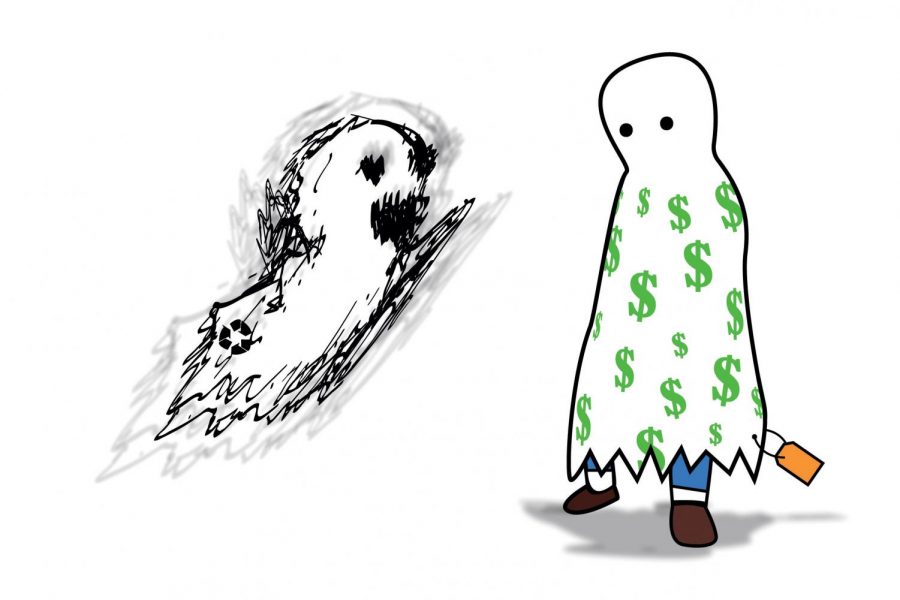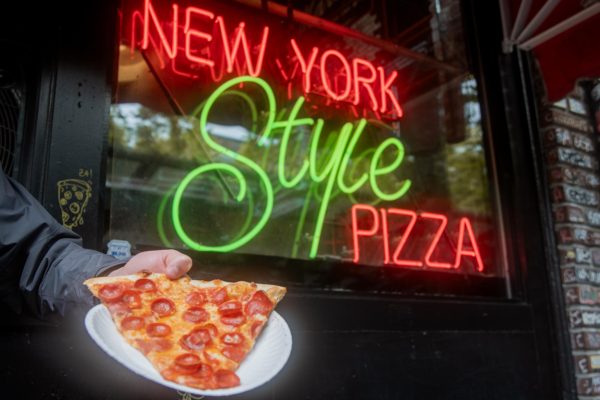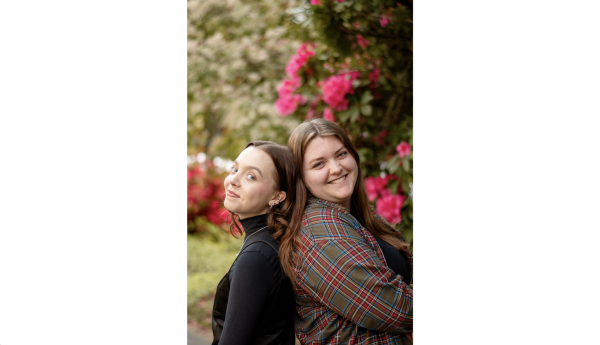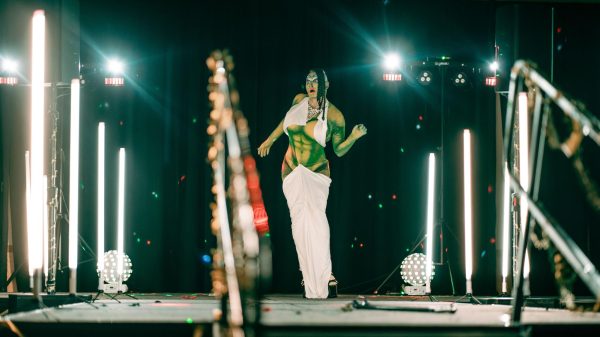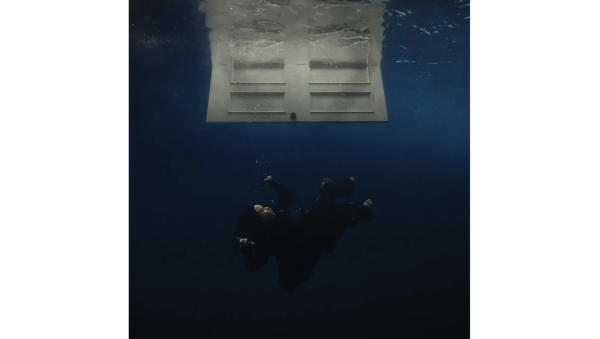The Scary Truth of Halloween Costume Consumer Culture
In an effort to pull off the best costumes, people routinely turn to fast fashion and cheap choices to satisfy their costume necessities quickly. This leads to unnecessary waste, unused pieces and pointless plastic—which by the time it gets to you, has already done more harm than good. Typically, the inexpensive, quick fix items get thrown away post-holiday.
Thrift stores are usually the first stop for costume necessities, and although second-hand shopping helps reduce the amount of new garments in circulation, it can also be seen as an abuse of the institution of shopping second hand.
April Merino, a supervisor at Lifelong, a local thrift store in Capitol Hill, knows first-hand the customer habits of thrifters.
“I’ve been working in second hand most of my career in retail and I continue to seek out employment in thrift stores. It feels so much better, especially if it is a charity store. And for Halloween it seems much better because it’s like, ‘I’m going to wear this once, so why not just get it from a thrift store,’ and redonate it so everyone gets the benefit of using that costume rather than going to Forever 21 and buying plastic cat ears and throwing them the next day,” Merino said.
Merino appreciates the creativity of the Halloween season and stresses the importance of being original when putting a costume together— specifically in thrift stores.
“Halloween is when people get the most creative. A lot of the time I see people, and you can tell they don’t go into thrift stores. They’ll come in and look for specific things… Usually packaged costumes sell more towards them,” Merino said. “We have to refer them to a lot more party specific places like Trendy Wendy. I’ve noticed that people who thrift a lot have really creative outfits that are sometimes very specific, which is great.”
Prepackaged costumes are also sold at Lifelong and many other popular second-hand destinations in Seattle. However, the originality of thrifting can be lost in these premade choices, according to Merino. While it is convenient, creativity is often sacrificed in the process.
“I don’t like the prepackaged stuff too much—and a lot of us [working here] don’t—I’ve noticed. Especially when we’re putting it out,” Merino said.
Goodwill commonly markets themselves as the “Halloween Headquarters” throughout October and goes to extremes to get the message out. Merino experienced this last year as an employee at a local Goodwill during the Halloween season.
“One aspect I didn’t really like was that, because Halloween is the biggest season for them and the biggest money maker, they really pushed it to a point where it’s kind of uncomfortable…the advertising for it was sometimes a little too intense. It was still very positive and fun, but something else I noticed was they would try and be open a lot later… which was unfortunate— no one’s going to want to be at the thrift store at 11 p.m. shopping for costumes,” Merino said. “Overall, I understand, a lot of thrift stores need a season to make the most money, so that’s understandable, but sometimes it was just a little frustrating as far as the time and energy [for employees].”
Merino also spoke about the benefits for the consumer when it comes thrifting, such as buying clothes that do not deteriorate after a handful of wears.
“Forever 21, SheIn, all those online brands—you wear them twice max and it falls apart, whereas thrift stores, you can find things so much cheaper that are probably cooler, one-of-a- kind, vintage and you’re recycling,” Merino said. “You don’t have to go out and buy brand new stuff, it kind of makes you feel better.”
At Seattle University, the Fashion Club provides a place for people to express themselves through these one-of-a-kind clothing finds and style.
“I think that shopping second- hand can never hurt, but I do think that people who don’t normally thrift and then do it during Halloween time is kind of just contradictory. It’s better than shopping online for sure, especially if you are only going to wear it once,” Seattle U Fashion Club member and Fourth Year Ada Payne, a fourth year, said.
In the end, environmentally speaking, shopping second hand is better. Fashion Club President and Third Year Jayden Breaux-Santiago advocates for thrifting and recognizing harmful fast fashion institutions— especially during a holiday like Halloween.
“I would advocate for people to go to Goodwill and use recycled costumes— the whole costume market is bad,” Breaux-Santiago said. “After the 70s, the costume market became hyper- commodified as opposed to before— people made handmade costumes— it’s just really bad for the environment. I feel like as young people, we need to understand that these institutions are bad for us, bad for the planet, and overall bad for our future, and that they should be boycotted.”
Culture and accessibility has a lot to do with how people shop as well. The connotations of thrifting are not always as positive as the environmental and economic benefits.
“I feel like there would have to be a wave of consumerism that promotes thrifting, and we kind of have that in a pseudo-version with apps like Depop that make second hand more trendy,” Breaux-Santiago said. “But in reality, the overproduction of polyurethane and polyethylene goods is horrible for the planet as they breakdown into the ocean and create microplastics.”
After the ghoulish masks come off and the cat ears get put away— hopefully to be used in the future—the fashion consumer culture still spreads real-world effects.
“That information is really hard to get out,” Breaux-Santiago said. “It really just comes down to people educating themselves and other people.”
The editor may be reached at [email protected]






